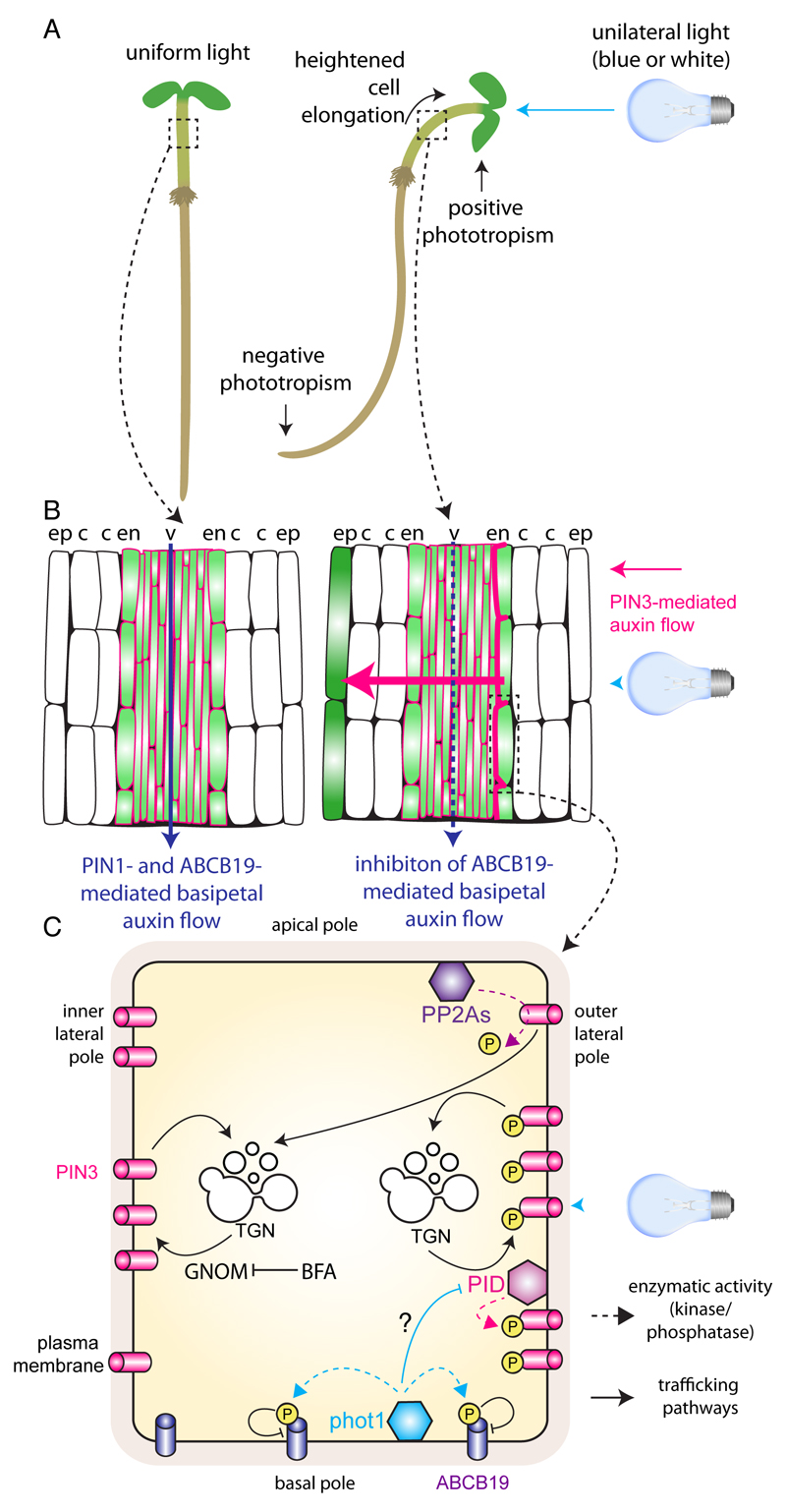Figure 7. Protein kinases and auxin fluxes during the hypocotyl phototrophic response.
A) Seedling grown in uniform light (left) or under unilateral light (right). B) Schematic representation of a longitudinal section of hypocotyl showing putative auxin maximum (in green) and PIN3 localization (in pink) when seedling are grown in uniform light conditions or in darkness (left) and when they encounter unidirectional light (right). Arrows in dark blue represent PIN1- and ABCB19-mediated rootward auxin flow and the arrow in pink show PIN3-mediated lateralization of auxin flow toward the shaded side of then hypocotyl. C) Schematic representation of PIN3 trafficking in endodermis (illuminated side of the hypocotyl). Phot1 inhibits PID activity by unknown mechanisms, which limits PIN3 phosphorylation by PID and favours its routing by the GNOM-dependent pathway to the inner lateral pole of the cells. Phot1 also directly phosphorylates ABCB19, which inhibits its efflux activity and limits the downward auxin flow. ABCB19 inhibition and PIN3 lateralization stimulates auxin trafficking toward the shaded side of the hypocotyl, which promotes cell elongation and hypocotyl bending toward the light source. Note that phot1 action on ABCB19 and PIN3 trafficking has been represented in the same cell for convenience, but it is not known whether these events happen in the same place of the hypocotyl. Dashed arrows represent direct phosphorylation events; arrows with chevron-shaped arrowhead represent trafficking pathways and blunt-ended line represents inhibition.

